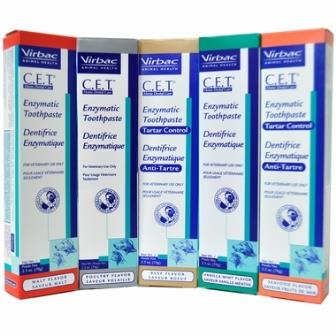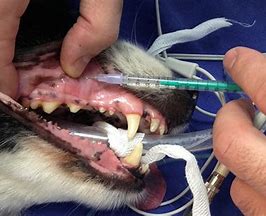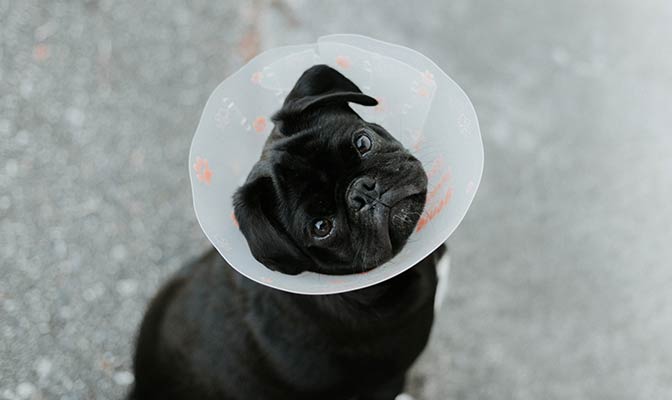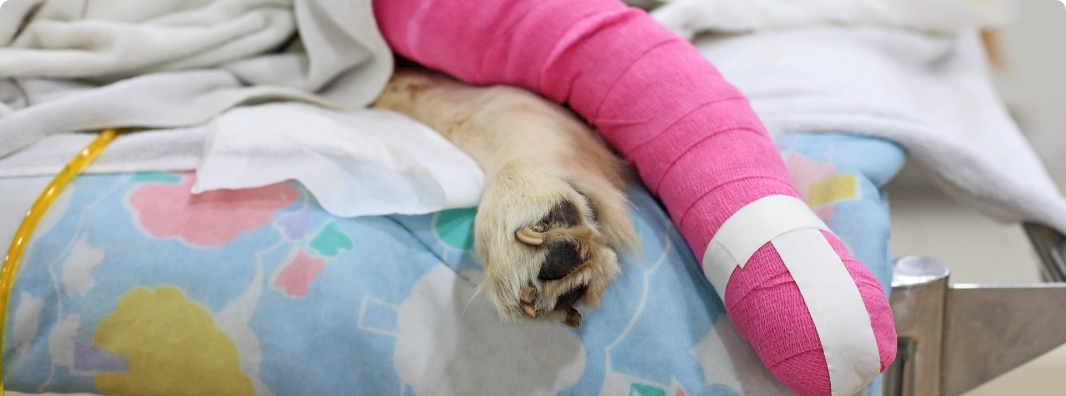Home | Dental Care | AAHA Professional Dental Care Guidelines
AAHA Professional Dental Care Guidelines
Keywords:
AAHA (American Animal Hospital Association) recommended regular oral examinations and dental cleanings, under general anesthesia, for all adult dogs and cats. AAHA also recommends these procedures at least annually starting at one year of age for cats and small-breed dogs, and at two years of age for large-breed dogs.
Pre-anesthetic exam:
Whenever anesthesia is needed, special considerations are taken to help ensure the safety of your pet. Your veterinarian will thoroughly examine your pet to make sure she’s healthy enough to undergo anesthesia. Depending on your pet’s age and general physical condition, your veterinarian may also run blood, urine, electrocardiograph, and x-ray tests to check for any dangerous heart, kidney, or other conditions. Though there is some risk associated with any medical procedure, modern anesthesia is usually safe, even for older pets.
Anesthesia monitoring:
During anesthesia, the monitoring and recording of your pet’s vital signs (such as body temperature, heart rate, and respiration, as well as other important factors) are important. This helps ensure the safety of your pet while undergoing anesthesia.
Other Guides:

We Welcome New Patients!
We're always happy to give your furry friend care at our hospital. Get in touch today!
Contact UsDental radiographs:
Radiographs (x-rays) of the teeth are needed periodically in order to completely evaluate your pet’s oral health. X-rays aid the veterinarian greatly in detecting abnormalities that cannot be detected under examination alone. In some cases, x-rays can confirm the need for extraction of teeth that are loose or badly infected.
Scaling & Polishing:
Veterinarians are advised to use similar instruments as human dentists to remove plaque and calculus from your pet’s teeth. To smooth out any scratches in the tooth enamel, polishing with a special paste is also recommended.
Fluoride/Sealants:
The application of an anti-plaque substance, such as a fluoride treatment and/or a barrier sealant is also advised. This can help strengthen and desensitize teeth as well as decrease future plaque.

Home Dental Care:
Your pet’s dental care doesn’t rest with your veterinarian alone. As a pet owner, you play a pivotal role in helping ensure your pet’s dental health through regular teeth brushing.. Remember... pets can live longer, healthier lives if oral health care is managed and maintained throughout their lives. Ask us to develop a dental care plan for your furry friend.
The teeth that are present around 6 weeks of age are not the permanent teeth the puppy will have as an adult. Like humans, dogs have two sets of teeth that develop during their lifetime. The first set of teeth, sometimes called “baby” teeth are also called deciduous teeth because these teeth are present early in life, and then are shed as the developing permanent teeth erupt into position. Deciduous teeth are typically lost or shed as the roots of these teeth are resorbed and the crown becomes loose. If the deciduous tooth is not shed in a timely manner, we refer to them as “retained”. Retained deciduous teeth should be removed, provided there is a permanent tooth to replace it.
Other Guides:

We Welcome New Patients!
We're always happy to give your furry friend care at our hospital. Get in touch today!
Contact UsTips and Advice From Our Team
Looking for advice about caring for your pet? Our blog features helpful tips and educational material from our team to support your needs.



